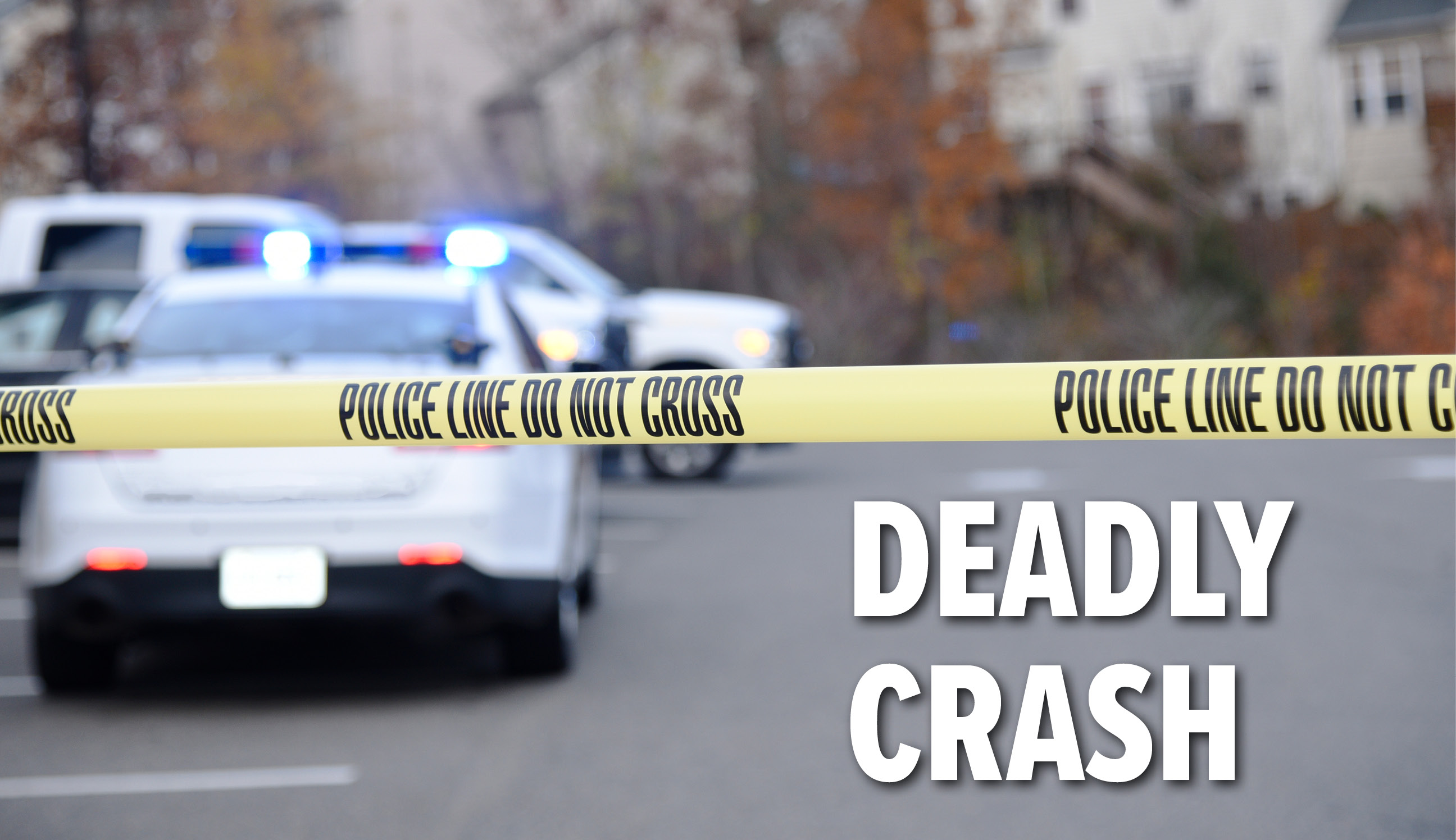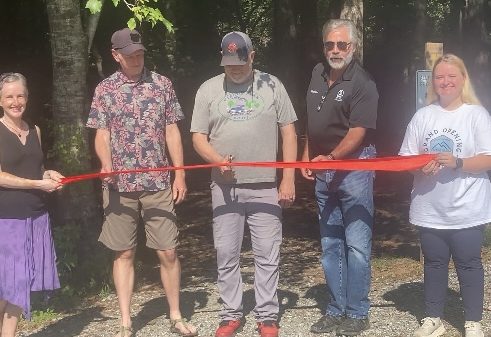Don’t let your home harm you and your family
Published 10:40 am Friday, September 13, 2013
Today’s topic has little to do with diet or exercise, but definitely involves health.
Each year in the U.S. approximately 18,000 people die from accidents around the home, and that number includes more than 2,000 children. More than 6,000 die from falls and around 3 million more are hospitalized. Here are some tips to help keep your home a safer place:
1. Discard any old extension cords, surge protectors and power strips that don’t have a polarized plug (one prong wider than the other), and make sure cords aren’t nailed or stapled in place. For those with small children or pets, cover all electrical outlets and make sure outlet covers feel cool to the touch.
2. Throw away hair dryers made before 1992 and those without a shock protector. Keep all appliances away from water and unplugged when not in use. Replace standard outlets with Ground Fault Circuit Interrupters (GFCI’s). These devices detect when the electrical current isn’t balanced (could indicate electrical power escaping into the body of a person) and shut off. Make sure all electrical devices are Underwriter Laboratory (UL) approved.
3. Never leave hotplates, space heaters, toaster ovens or coffee pots unattended, when in use, and unplug when not. When you’re outside, never touch, go near or let anyone else go near fallen power lines, even if you think they are safe. Power lines can sometimes rest on the ground for days and still be active. Call 1-800-490-00754 or your local police to report downed lines.
4. Get rid of old cribs. These antiquated beds usually have slats wider than 2 and 3/8 inches wide with raised corner posts, which can trap and suffocate babies.
5. Repair old window blinds. Kids can strangle if caught in drapes, blinds or curtain cords. Make sure to cut loops and separate cords with tassels. Continuous–loop cords should be permanently attached to the floor, and pull-cords should be as short as possible. The Window Covering Safety Counsel (WCSC) provides free retrofit kits to those with older window coverings. Contact them at www.windowcoverings.org.





